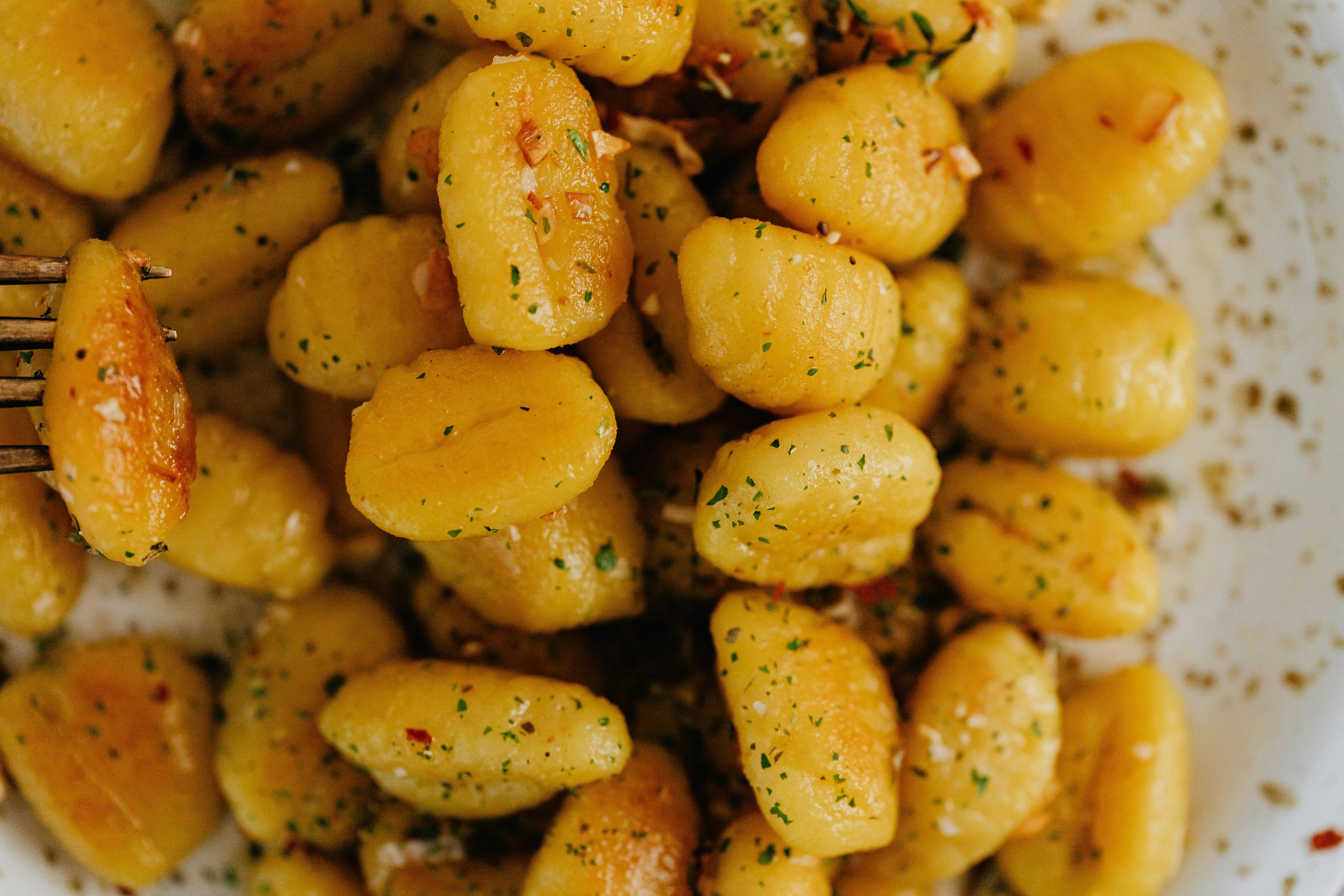Birds eat all kinds of foods, some of which are very appealing to our own palate, particularly things like fruits, berries, nuts, corn, and perhaps even fish, crabs, mollusks, and crustaceans. However, sushi lovers aside, most of us prefer the latter types of food at least in a partially cooked format. Then there are those birds that eat things that almost everyone finds downright repulsive.
It is doubtful that you know of even a few people who salivate for raw meat of any kind or who have an appetite for insects or slimy invertebrates, much less carrion. Sure there are many people in this word who eat roadkill and other things firmly planted in the category of the strange, but in general, we can attribute this to cultural differences or isolated oddities of the world.
One thing that some birds are known to eat that humans just don’t consume, at least not for food, is wax. Wax in the natural and general sense refers to a class of organic compounds that are insoluble in water, solid and brittle when cold, solid but malleable at room temperature, and that melt into a low-viscosity liquid at higher temperatures. . Wax is made up of long chain fatty acids and is very difficult for most organisms to digest. Aside from its limited appearance on things like chewing gum or for wrapping some types of cheeses, wax is not something we eat, but something we have found all kinds of creative practical applications for. Birds can always be counted on to defy basic logic or provide exceptions to the general rules, and eating wax is no exception.
Actually, there are several groups of birds that eat deliberately and are capable of metabolizing wax. Many seabirds, for example, such as petrels and auklets, obtain energy indirectly from the wax found in the crustaceans they eat. Then there are a handful of land birds, like certain species of warblers and swallows, gorging on waxy berries. The digestive tracts of these strange birds are characterized by higher concentrations of gallbladder secretions, higher concentrations of bile salts in the intestines, and a relatively slower rate of passage of lipids acquired from food. There is also some evidence that these birds are somewhat like ruminants, like cows, such that partially digested wax compounds somehow return to the gizzard from the small intestine for a second or third round of digestion.
As incredible as it is, none of these birds are eating wax, they are simply forced to consume it because it is an unavoidable part of the actual foods they prefer. Enter the Honeyguides (Indicatoridae), a family of 17 species found only in Africa and classified in the same order as the woodpeckers (Piciformes). Rather unspectacular in appearance and basically the size of a songbird, these birds are mostly insectivorous, but are famous for their curious behavior of eating the pure wax from the combs. Also, these strange birds enlist the help of honey-loving animals such as honey badgers and even humans by drawing their attention to the location of a hive so that their assistant will open the hive to take the honey and leave the waxy comb and leaves. bee larvae to the guide. .




